With additive manufacturing (a.k.a. 3D printing), you design an object digitally and then send it to a 3D printer, which then builds it one thin layer of plastic at a time.
Sounds simple enough. But until recently, you had to use multiple software packages to get the model from your 3D CAD system to the printer. That meant you needed tools to export, redesign, optimize, and reimport your models. And worst of all, if you revised the model, you had to send it through all of these steps again.
Fortunately, newer developments in CAD software bridge the gap between 3D printing and 3D CAD. Now you can create and print your polymer objects, all within one environment—Creo.
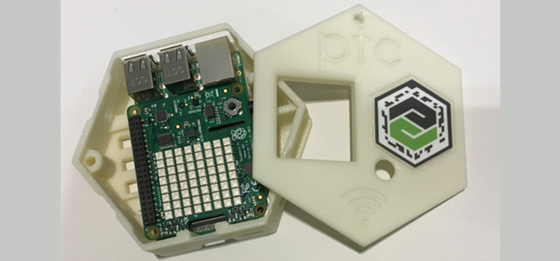
3D-printed housing for microprocessor board.
Which might have you asking, “What if I don’t want a plastic part?”
Good question. Sometimes, the kind of objects that you typically produce with a 3D printer (think prototypes, one-offs, short run productions, or shapes that don’t lend themselves to traditional manufacturing) may be better suited to stronger, more heat-resistant materials. That’s why PTC and Materialise collaborated to bring new additive manufacturing capabilities to Creo, creating a seamless workflow from CAD model to metal printer.
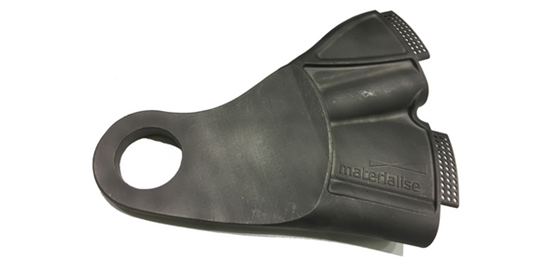
3D-printed part fabricated in metal using Materialise-enabled machine.
With every release since Creo 3.0, we’ve updated our 3D CAD platform to make printing your designs more straightforward. Creo helps you find the best position for your models in the print tray, identifies walls that are too thin, places support structures underneath your model for printing, and much more. We further provided options for designing and optimizing lattice structures—ideally suited for additive manufacturing. And now, with the Materialise integration in Creo 5.0, you can smoothly print your designs from Creo to most metal printers.
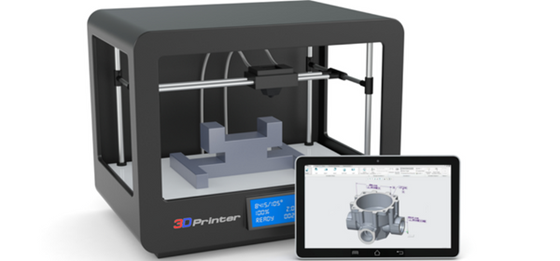
New CAD software provides tools to check for design flaws, specify materials, optimize print tray layout, and more, before printing—to plastic or metal 3D printers.
The new solution seamlessly connects Creo 5.0 with 3D printing machines equipped with a Materialise build processor. It also includes Materialise’s support generation technology, a time saver that provides more control for designing the supports that hold up your parts and dissipate heat during printing.
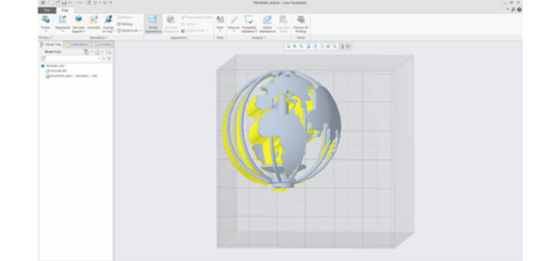
Designing for additive manufacturing requires engineers to think about not only the part model, but also the support structures (in yellow) that will underpin the design during printing.
This integration with Materialise is included in both the Creo Parametric base product and a new extension as follows:
Creo Parametric now includes:
The new Creo Additive Manufacturing Plus Extension for Materialise includes:
Whether you’re a CEO, an engineer, or a maker, additive manufacturing offers both challenges and opportunities for product development. Find out who’s using it, the obstacles they face, and some tips for printing smarter with Creo in our free Additive Manufacturing infographic.
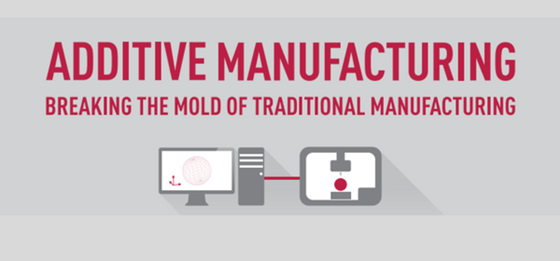
©Copyright 2025. All rights reserved by Modelcam Technologies Private Limited PUNE.